AKA: The Wu Tang
Director: Sun Sha
Writer: Xie Wen-Li
Cast: Lin Quan, Zhao Chang-Jun , Li Yu-Wen, Ma Zhen-Bang , Tang Ya-Li, Yang Yong, Zang Zhi-Guo, Mao Ying-Hai, Zhao Qiu-Rong, Sun Jian-Ming, Xu Chang-Wen
Running time: 94 min
By Matija Makotoichi Tomic
The importance and the historical significance of Shaolin Temple and its monks is well known so it’s no wonder a lot of kung fu movies are Shaolin themed. However, if you’re interested in watching more movies about Wudang, that’s something else. While watching kung fu films you’ve probably seen guys with long hair tied up, with swords on their backs and possibly with huge yin-yang symbol embroidered on their clothes; chances are you were looking at a Wudang priest or swordsman. But when it comes to Wudang as a martial arts school and their philosophy, there aren’t that many movies on the subject. Strange perhaps since Wudang is often refered to as the largest center of martial arts in the country next to Shaolin Temple.
Wudang was named after the Wudang mountains located in Hubei province in central China. Wu means martial, and Dang resistance which describes the defensive role the mountain had at one moment in the great history of China. On the top of the mountain, amongst it’s beautiful scenery lies a huge taoist complex with numerous temples, palaces, pavilions and shrines. It is considered the historical and spiritual home of internal martial arts. While Shaolin monks are buddhists and their kung fu is “external”, Wudang practicioners are taoists, and their art is “internal” which means the emphasis is on the spiritual and mental aspects as well as the use of chi. Such skills are defensive by it’s nature and help build one’s inner strenght. Among better known styles originating from the Wudang school are Tai Chi, Bagua and of course, the famous Wudang sword style.
Words of the narrator introduce us to the plot: in the late 19th century China was considered sick and feeble so many countries sent their best fighters there in order to prove their superiority. Among them was Japan sending their judo champions to challenge chinese kung fu experts to a tournament. During a fight Chinese master Chen gets killed leaving his daughter Xue Jiao to seek revenge.
The Undaunted Wudang is technically not a kung fu, but a wushu film. Even though wushu is faster, softer and more fluid, I personally prefer kung fu. Wushu seems like a performing art, a skill that lacks real fighting quality which is a thing many accuse wushu of, stating it is a competitive sport rather than a method of self-defence that can be applied in combat. There is a division between traditional kung fu and modern wushu but there are masters accomplished in both methods proving a wushu player can be traditional. One such is Zhao Changjun, one of the most decorated wushu champions ever, an all-around National Champion of China for ten consecutive years, a record nobody has broken so far. His only true rival was Jet Li who took the title from him in 1978. but eventually made Zhao Changjun dominate throughout the 80’s. As they say in wushu circles, 70’s belonged to Jet Li, but the 80’s belonged to Zhao.
In 1983, while still dominating the national and international wushu events, Zhao Changjun turned to acting and the first movie he stared in was The Undaunted Wudang. Alongside him was the brilliant Lin Quan showing great potential in what turned out to be the first of only three films she stared in. She is said to be a former wushu champion but the only info I got on her is that she is (or was) working as an instructor at the Wushu and Arts Center in Kowloon. These two are reason enough to watch this movie because their skill is really outstanding. The two weren’t however participating in directing action, the duo responsible for that is Ma Zhen-Bang and the one-time actor/action director Han Ming-Nan, both having their roles in the movie, as the Head Priest of Nanshan and the Chief of the guards. The action they delivered is fantastic, fights are fast and intense with truly impressive set of skills which include acrobatics and weapons fight. Choreography is almost entirely without fantastic elements and has up to several fighters performing at the same time, often in long shots which really deserves ones admiration due to the speed and complexity displayed.
In the second half of the movie when Xue Jiao leaves for the mountains in order to train with the High Priest, we are led to the very heart of Wudang. It’s a real treat seeing the inside of the taoist complex and witness the authentic Wudang through beautiful training sequences and the principles on which their martial arts is based on. We’re getting some priceless shots of group training by Wudang practitioners in front of the real Purple Cloud monastery. Their performance is slow and soft, sort of like practising tai chi with a sword, unlike Xue Jiao’s sword demonstration which is fast and explosive. Her training includes practising punches on wooden blocks while her teacher is demonstrating the basic of all Wudang styles on a yin-yang ball (a big round rock actually), explaining the transformation and redirection of energy during opponent’s attack and using the same in defeating him.
Some of the Wudang spirit can be experienced in the 1983. kung fu classic Shaolin and Wu Tang, and partly even in its sequel Shaolin and Wu Tang 2 – Wu Tang Invasion (1986). Recently, Wu Dang (2012) captured some of the beauty the taoist complex and the nature surrounding it emanate with, though the movie itself is bad and the action by Corey Yuen ruined with the excessive use of wires and effects. Although The Undaunted Wudang may be only an average Mainland China martial arts product, worth watching and interesting to fans mainly for the action and the skill displayed, if you’re interested in the beauty, the martial arts and the philosophy of Wudang, this is as far as I know, the best you’ll find.
Matija Makotoichi Tomic’s Rating: 6.5/10

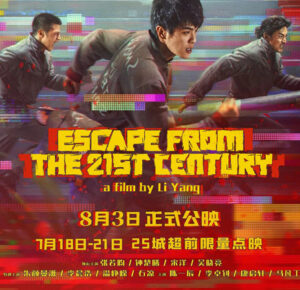
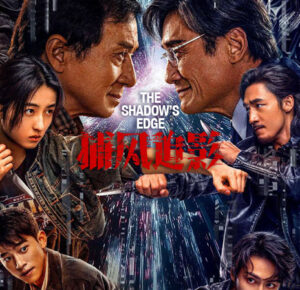
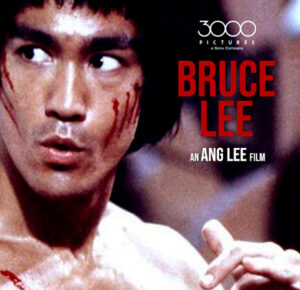
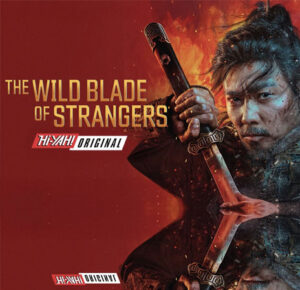
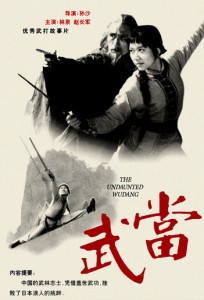
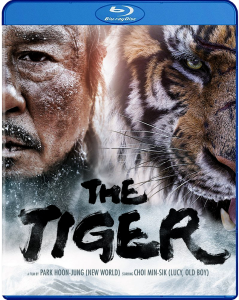
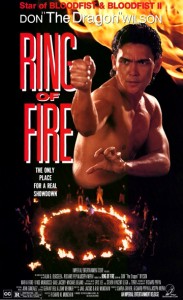
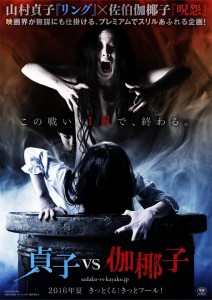
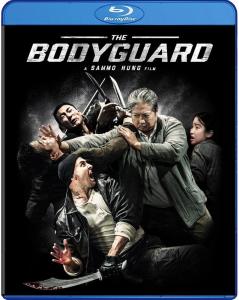

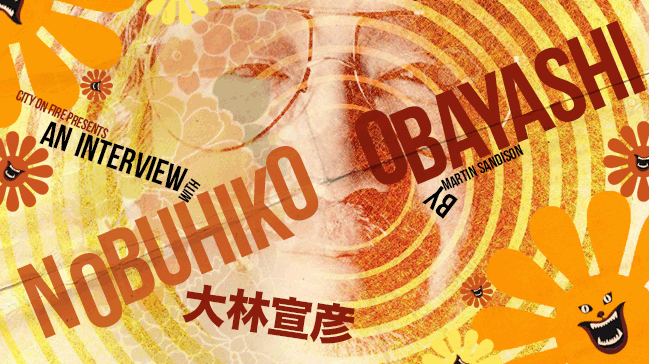
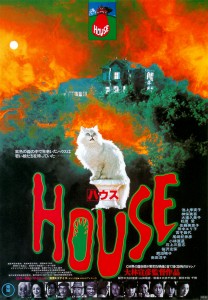
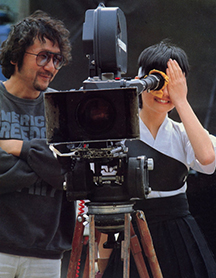
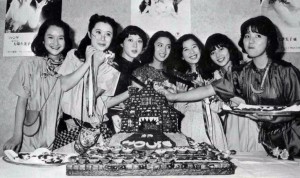
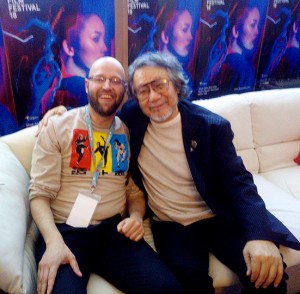
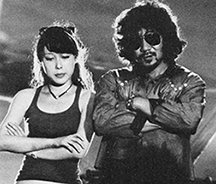
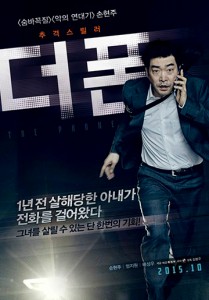
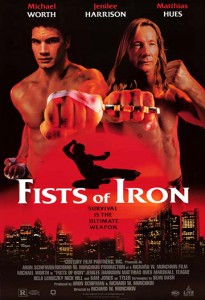

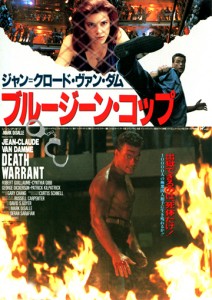

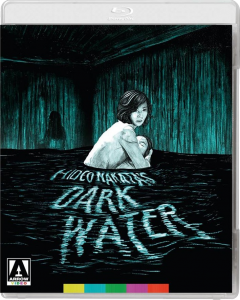

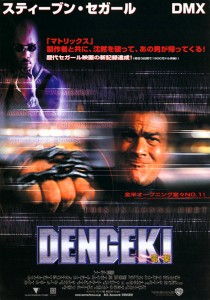
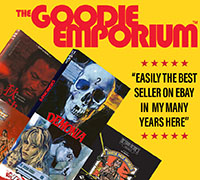

2 Comments